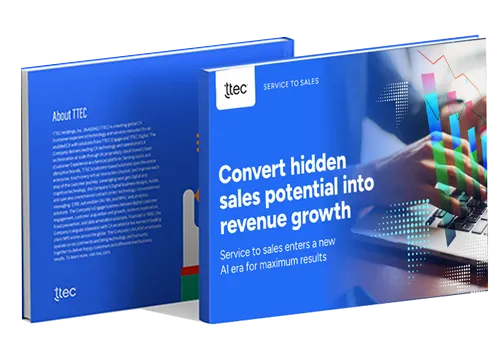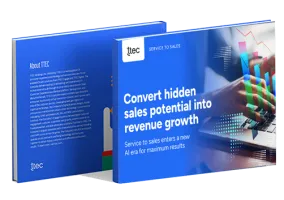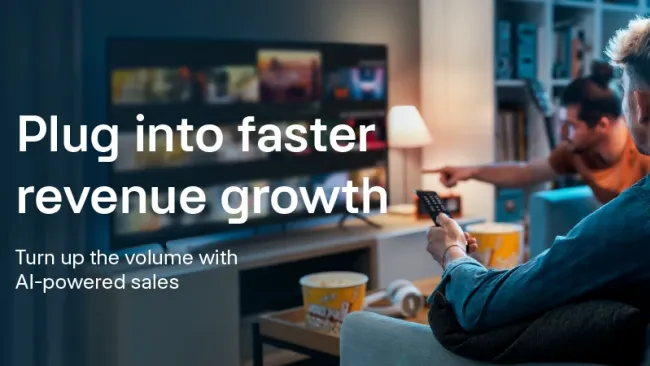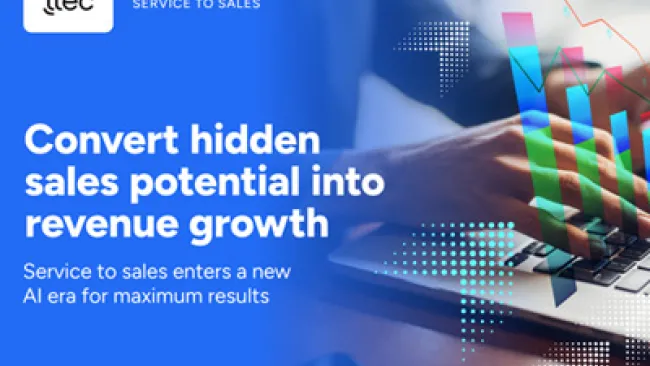About 30 percent of customers deliver the majority of the average company’s profits, 50 percent add nothing, and 20 percent cost companies money, according to published studies. Companies that want to optimize the profitability of their customer relationships need to invest proportionately in marketing initiatives, sales efforts, and service levels based on customer value. To do so, executives across an organization must know who their best customers are, so they can determine how much to invest, if anything, in each customer or customer group. Additionally, they must use that information to decide how much to invest in which mix of interaction channels (based on customers’ channel preferences). Without that level of customer insight, an enterprise will most likely overspend on low-value customers and under-spend on high-value customers.
Gaining a true understanding of customer value may seem elusive, especially since organizations define it differently. What’s most valuable to one company (e.g., wallet share) might not be as valuable to a company focused primarily on another measure (e.g. profitability). There are, however, several ways to gain that understanding. It starts by aligning customer value elements with corporate goals and priorities. How valuable is it, for example, that a customer is willing to provide referrals or give recommendations? How important is a client’s overall spend versus the cost to serve them? How likely is it that their wallet share will increase over time? Prioritizing elements of value will set the stage for grouping customers and interacting with them based on that value.
There are many ways to measure individual elements of customer value. For example, a company might use Net Promoter Scores to determine the likelihood to recommend. One measure that we’ll discuss in depth in this issue of Customer Strategist is Return on Customer (ROC), developed by Don Peppers and Martha Rogers, Ph.D., founding partners of Peppers & Rogers Group. In short, ROC allows a company to look at customers the way an investment firm would view a portfolio of investments. Customers have a beginning value, and that value increases or decreases at particular moments, and over time, based on a company’s actions. A marketing campaign, for instance, may increase the value of the customers who respond to it in that moment, but may decrease the long-term value of customers who received it but felt it was irrelevant, making them less likely to open the next one. It’s possible to use ROC to track that value and how it changes, and use that information to make business decisions based on customer value that help balance short-term requirements with long-term outcomes.
Ultimately, customers are an organization’s primary source of revenue. Their collective value determines whether a company will stay in business. Executives must understand that value and take the actions necessary to increase it.
















